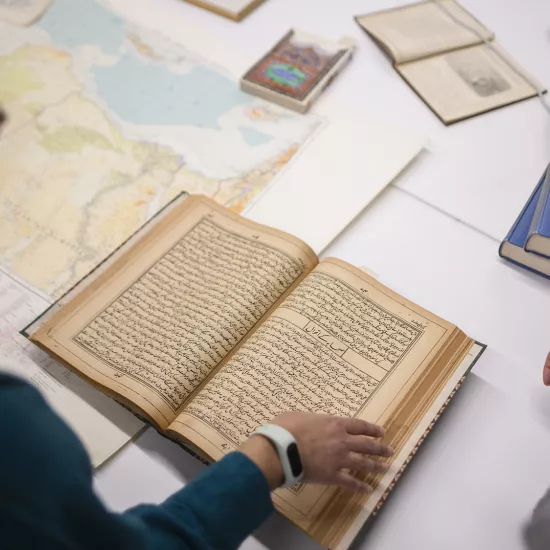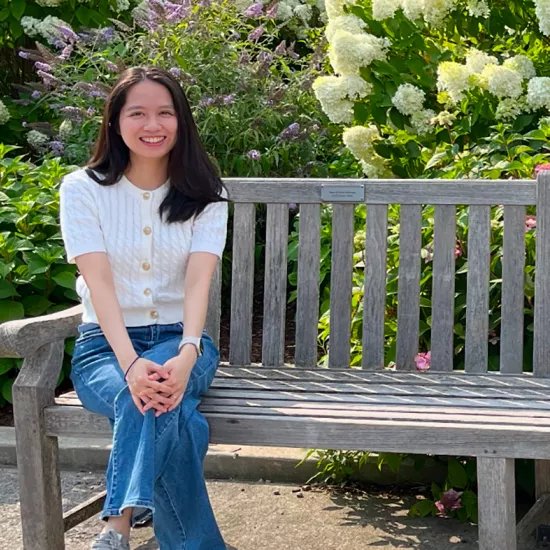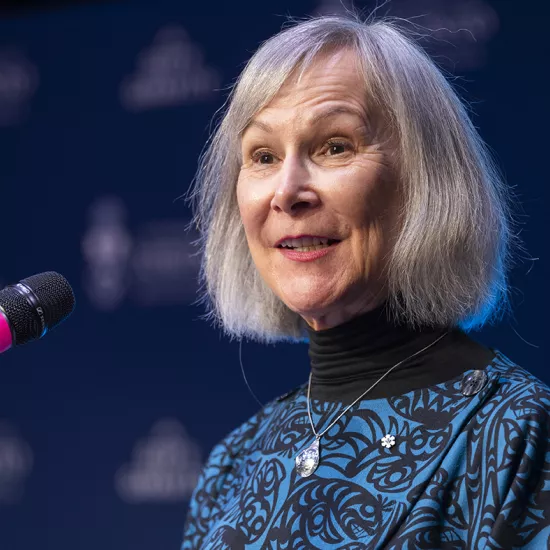Indigenizing education

“The beginning of true reconciliation is education,” said Justice Harry LaForme, before a 500-seat UTM lecture hall packed with elders, teachers, scholars and students.
LaForme’s keynote address was one of the many highlights at the Dec. 7 Symposium on the Importance of Indigenous Education in Ontario Classrooms. He argued that Indigenous content--and people--have a place in the K-12 curriculum and beyond. “When you add an Indigenous person to the discussion, it changes everything,” he said.
“Canadians largely do not know our history and how broken it is,” he said. “We are in the age of reconciliation Decolonization includes the Indigenization of education.”
LaForme, a member of the Mississaugas of the New Credit First Nation and the first appellate judge in Canadian history with an Indigenous background, served as the Commissioner of the Indian Commission of Ontario and as the Chair of the Royal Commission on Aboriginal Land Claims. He also led the Indian Residential Schools Truth and Reconciliation Commission.
Law and education have been “colonial tools” that have perpetuated racism and systemic discrimination, he said. As a result, “First Nations people are Canadian citizens minus—we are strangers in our own lands.” In order to truly address and fix the damage from Canada’s colonial past, he said, educators must teach our true history. “Memory must be accompanied by action.”
LaForme was one of two keynote speakers at UTM’s Instructional Centre, along with an evening keynote by Senator Murray Sinclair, co-chair of the Aboriginal Justice Inquiry in Manitoba and Chief Commissioner of the Truth and Reconciliation Commission.
During the day, nine breakout sessions tackled topics including the practical applications of Indigenous knowledge in classrooms, incorporating Indigenous learning into library materials, and training teachers with Indigenous perspectives. Two sociologists at UTM, Associate Professor Jennifer Adese and Assistant Professor Robin Gray, presented on indigenizing education at post-secondary institutions.
Between sessions, attendees examined an ongoing research project identifying variations of moccasins in Indigenous history and bought Indigenous artwork, jewellery and clothing. The symposium was hosted by the Mississaugas of the New Credit First Nation and co-sponsored by UTM.



